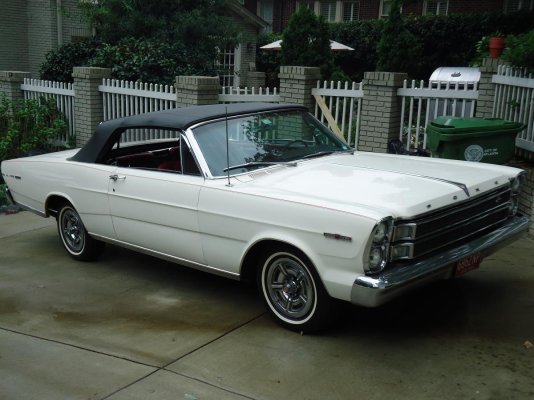Mark P
Senior Member
So the question here is: if you purchased a boat that is approx 15-18 years old, single diesel engine, single head, separate shower, with genny, HVAC, bow & stern thrusters, single helm, about 36ft, with an all electric galley, 8-10 year old electronics, that surveys reasonably well for a boat with this marine age, and you chose to do a refit, how would you go about doing it?
Would you do interior first, last? Engine work first, last? When to paint etc.? I'd like to hear the good, the bad and the ugly of refitting a boat from those who have experience and a process to approach such work. Our plan if we do it is to have professionals do it.
All thoughts would be appreciated. Thanks
Would you do interior first, last? Engine work first, last? When to paint etc.? I'd like to hear the good, the bad and the ugly of refitting a boat from those who have experience and a process to approach such work. Our plan if we do it is to have professionals do it.
All thoughts would be appreciated. Thanks

